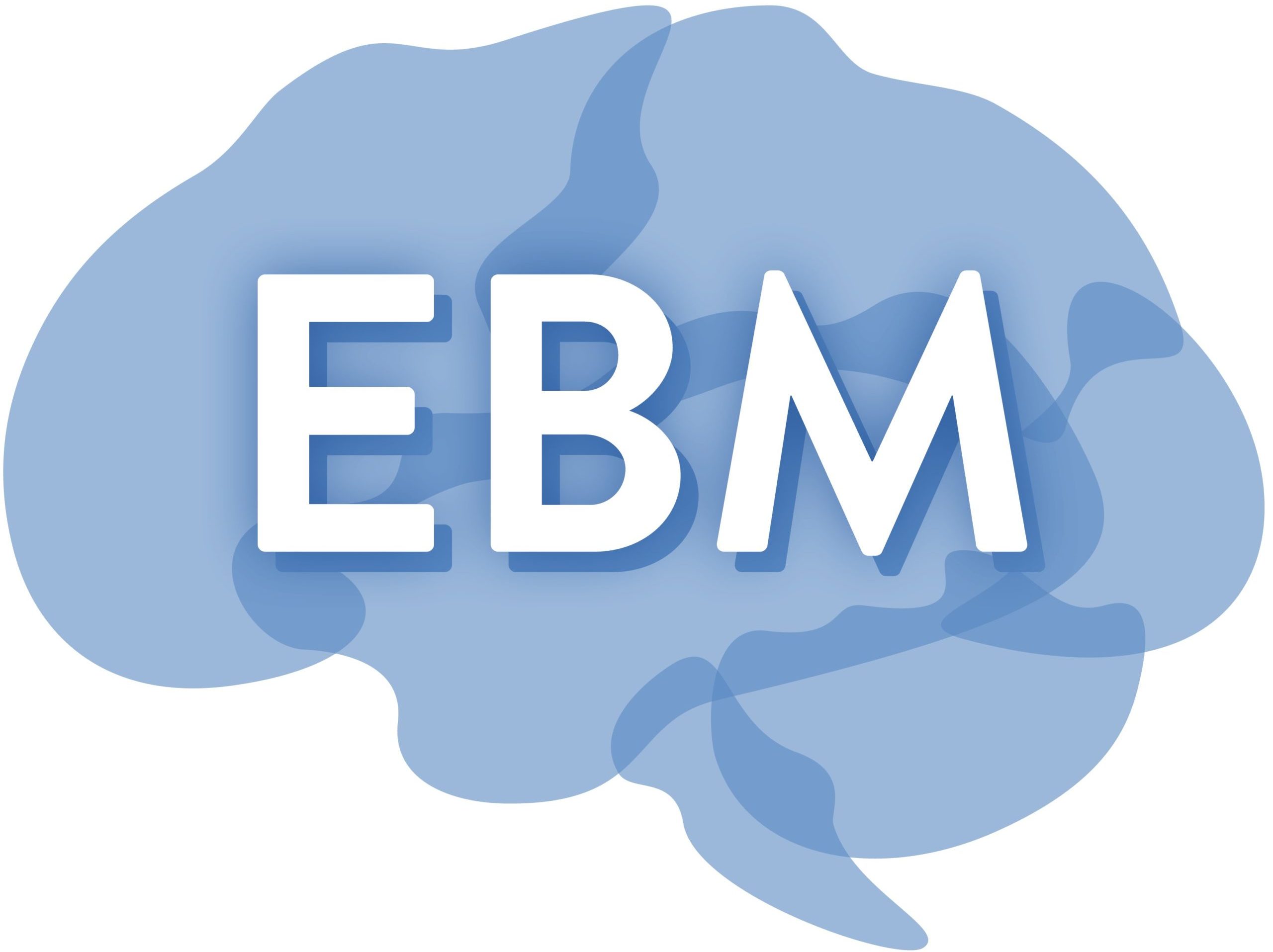C01: In silico modelling of mechanical cell-matrix interactions
C01 establishes experimentally informed theoretical modelling, algorithmic implementation and computer simulations to uncover the role of mechanical cell-matrix interactions in the context of brain tissue. Neuronal cells exert active stresses on the surrounding extracellular matrix, thereby also remodelling it, which in turn feedbacks on cell polarity and migration. Agent-based and coarse-grained, phenomenological continuum models accounting for cell-matrix interactions, cell migration and active stress generation will capture these processes in the context of neuronal tissue. Via implementation into in silico models, we will predict, in feedback with C03 and C05, how cell-cell and cell-matrix interactions drive the in vitro hippocampal cell-network formation. In cooperation with A04 and C05, we will furthermore study the dynamics of neuronal organoid formation in artificial matrices based on a nonlinear continuum formulation and its finite element implementation. In doing so, we will establish an in silico set of tools enabling to uncover microscopic mechanisms and interactions otherwise not accessible to in vitro and in vivo measurements and predict the response to biological and mechanical perturbations. Finally, the mechanical properties resulting from cell-cell and cell-matrix interactions identified by our approach will serve as a relevant input for the continuum modelling and simulations in A01 and B01. As our long-term vision, we will also extend our modelling approaches to capture processes of development and regeneration in neuronal tissue.
Project leaders: Prof. Dr.-Ing. Paul Steinmann, Prof. Dr. Vasily Zaburdaev
Positions: 2 doctoral researchers
